Spooky! The Witch Head
21 February 2023There have been some decent clear nights in the past few weeks and with Orion in the South Sky really early in the evening, there have been opportunities to capture some great targets – all in sociable hours.
I hadn’t tried the Witch Head Nebula before – actually I hadn’t realised quite where it was, so thought it was not an ‘easy’ target. But once I found that it was near to Rigel in Orion, I thought I’d give it a go. Turns out, it’s still not an easy target really; it’s relatively easy to locate but not actually to see (it doesn’t show on the camera screen after one long exposure like some objects) and it’s a real challenge to process, needing all the techniques I’d learned so far.
So on the 6th Feb I set up with the 70-200 lens set at 200mm and started shooting where I thought this fairly large but extremely faint target was located. Unfortunately, I only managed to get just over an hour of 45sec exposures before the cloud came in. Stacked them the next day (without calibration frames) and did a quick process in PS just to see what was there – I could just make out this grey blur, which I guessed had to be the Witch Head.
Next night was nice and clear and I managed to get another 3 hours and after stacking (with calibration frames) and processing the next day I finally got to see the fruit of my labour; I turned it upside down so you can see how it gets its name! It still took a lot of processing; stretching the data to pull out detail of this massive gas cloud that reflects the light of Rigel.

The weather forecast for the next night was good though, so I thought I’d see what difference another couple of hours might make. A total of 6 hours of 45sec and 30sec frames, plus about 250 calibration frames resulted in this… much more detail, colour and less noise.

I think the Witch Head is so aptly named that it almost looks like a cartoon! I find that the Great Orion Nebula also has a cartoon look – I can only ever see a little man in a crash helmet!

This shoot was a real lesson in the fact that you can never have too many exposures. When I started, I’d snap half an hour and expect to see amazing results and I often see social media posts from other new Astrotogs who do exactly the same. The more total exposure you capture, the more detail, colour and clarity you pull out of the data. Yes it’s a pain, you’re not going to be able to shoot, stack and process within a few hours, but it’s worth being patient.
Once the camera is ‘rolling’ I come indoors, watch TV, drink coffee and go and check things every half hour or so. Before long, with clouds absent, I’ve captured two or three hours. I then rattle of the calibrations (I don’t shoot Darks, so all of these can be done quickly indoors). Then copy the files over to the computer and set DSS to stack them overnight. Of course things will be a bit more challenging once winter is over as shooting sometimes doesn’t start until 1am – currently I am able to start before 7pm!
